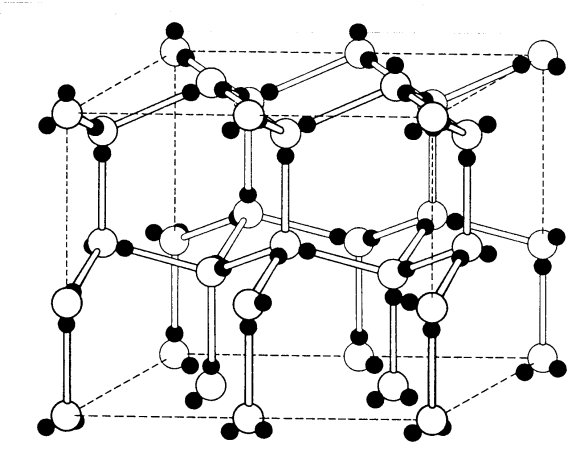The crystalline state is almost always the lowest energy configuration for any solid) I say almost to cover my back, but I can't think of a single solid where this isn't the case) so in any liquid to solid transition the solid will form a crystal if it can.
Liquids have no long range order, so as the material freezes its component particles (atoms, ions, molecules, etc) have to be able to rearrange themselve into the configurations required for the crystal structure. This doesn't happen instantly but instead takes a time related to the speed of diffusion of the component particles in the melt. As a general rule, if the freezing is slow compared to the diffusion timescale then a crystal will form, while the the freezing is fast compared to the diffusion timescale an amorphous solid will form.
If you take a metal like bismuth then the melt contains single bismuth atoms that diffuse fast. This means bismuth (and most metals) form crystals on freezing. It's possible to make amorphous metals, but it requires extremely fast cooling of the melt. Even then, the last time I looked (this isn't my area) the amorphous metals were actually crystalline but with a very small grain size.
On the other hand, if you take a polymer like dimethicone then the molecules are huge and diffuse only very slowly. This means it is effectively impossible to form a dimethicone crystal by freezing the melt.
The best known amorphous solid is glass, and since this is composed of SiO$_2$ molecules you might wonder why it forms an amorphous solid on freezing. The answer is that in the melt the silicon dioxide molecules link up to form long chains, so it is effectively a polymer like dimethicone. Actually it is possible to form crystals of glass on freezing, but you have to maintain the melt at the freezing point for an extended time.
Finally, you mention freezing of water. Water contains H$_2$O molecules that are small and diffuse fast, so you would expect it to form a crystalline solid, which in most cases it does. However fast cooling can create amorphous ice.


